The Eastern State Penitentiary sits in the middle of Philadelphia's Fairmount neighborhood. The decaying castle-like structure is one of America’s most notorious prisons and considered the most haunted site in Pennsylvania.
Today, the massive historic structure is open for public tours and hosts a Halloween Haunted House attraction. Is this old prison truly a paranormal hotspot?
Eastern State Penitentiary is on the bucket list for most paranormal investigation groups. Teams brave enough to search for evidence of paranormal entities don’t ever seem to leave empty-handed.
Sci-Fi’s Ghost Hunters revealed what appeared to be the apparition of a man walking through Cell Block 12.
A crew for Travel Channel’s Most Haunted, recorded objects moving on their own. Investigators with the production claim to have communicated with multiple spirits.
When the aging prison opened for tours, people couldn’t stay away. It’s located in the middle of Fairmont Street in Philadelphia and has become one of the most-visited tourist destinations in Pennsylvania.
Thousands of people explore the historic penitentiary every year, and several emerge with their own ghost stories.
Guests claim to get a glimpse of a man standing in a guard tower on the property. However, there’s no way to physically get to the top of the tower today. The brick stairs crumbled away years ago.
Other employees and tourists hear whispering, giggling, and even weeping while exploring the property. When they investigate where the noises are coming from, they never find the source.
The apparition of a mysterious woman is spotted so often that employees have named her The Soap Lady.
She sits in the last cell on the second floor wearing white. The second floor held the women’s cellblock when the prison was operational.
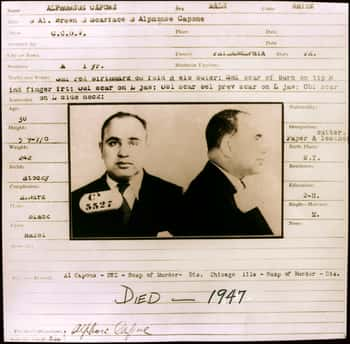
Chicago gangster Al Capone spent eight months locked up in Eastern State Penitentiary. Apparently, the spirits of the prison were powerful enough to terrify even the most vicious mob boss.
Capone’s criminal network made sure his accommodations at Eastern State Penitentiary were luxurious. His cell could have been mistaken for a cozy living room complete with oil paintings and fine furniture. Although he was living like a king, an unseen force terrified him at night.
The crime boss would let out blood-curdling screams in the darkness, begging for someone named Jimmy
to leave him alone.
Many people believe Jimmy may have been the spirit of Jimmy Clark, one of the men killed by Capone’s execution orders in the Saint Valentine’s Massacre.
Even after Capone was released from Eastern State Penitentiary, the entity continued to torment Capone. Out of desperation, Capone even hired a medium but that didn’t seem to work.
Eventually he lost his mind and ended up in a mental institution the final years of his life.
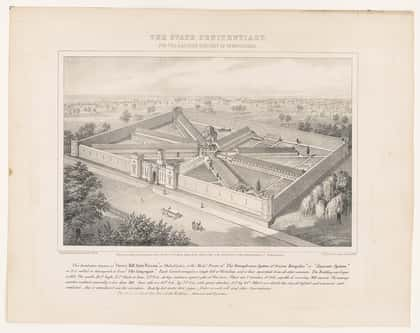
Criminal justice in the 1700s was quite different than it is today.
Let’s say you made the mistake of stealing gold jewelry from your rich boss and you got caught. You would expect to be flogged, whipped, or even hang from the gallows.
The Quakers of early Philadelphia were pacifists and of course felt uneasy with this. That’s when they dreamt up a world where criminals could be forced to truly, genuinely regret their crimes without being physically touched.
Construction for Eastern State Penitentiary started in 1821.
The Quakers had no idea their lofty goal would eventually become considered one of the cruelest forms of corporal punishment.
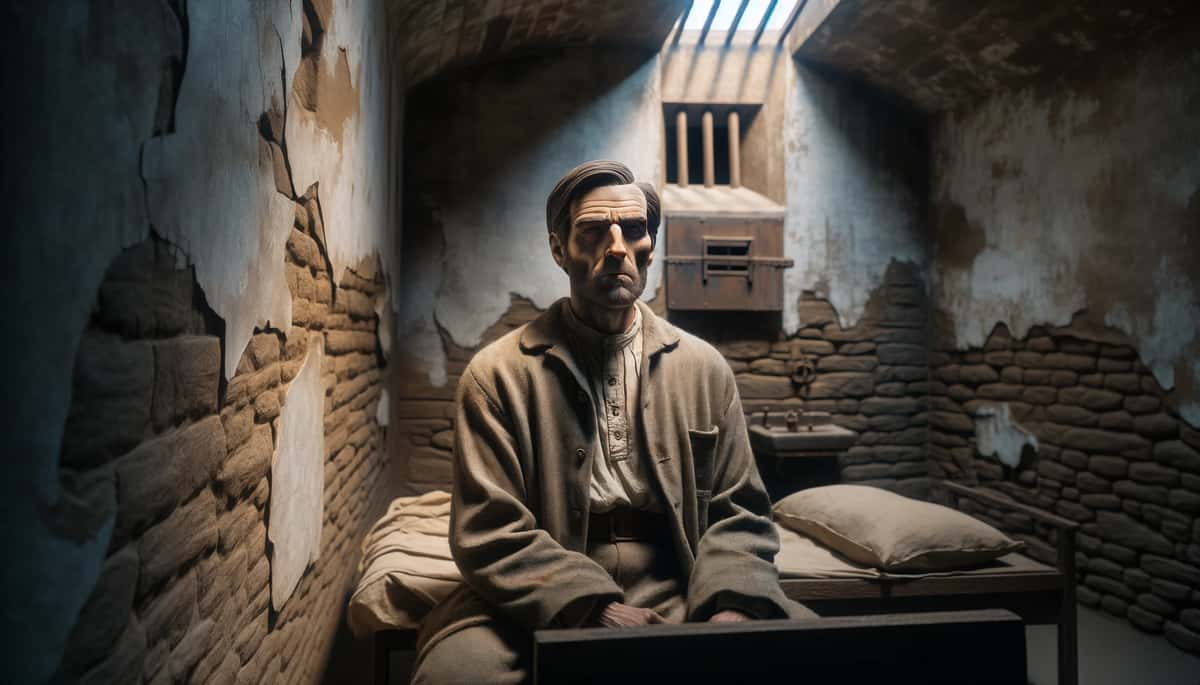
On paper, the accommodations inside the first cell blocks were lavish. When the penitentiary opened in 1829, the building had more amenities than the White House.
Each prisoner had their own cell that was centrally heated with running water and a flushing toilet. The prison was immaculately clean.
But this was no Marriott.
The goal was to force isolation so the prisoners could truly think about what they had done and fill their hearts with penitence. The Quakers thought any unnecessary contact could derail the rehabilitation process.
To make sure that didn’t happen, they created masks to put over prisoners' heads so they wouldn't be able to communicate with or see any of their fellow inmates.
Their rooms were fitted with feed doors so they could eat their three square meals a day in total isolation. Guards wore fabric over their shoes so prisoners wouldn’t hear their footsteps.
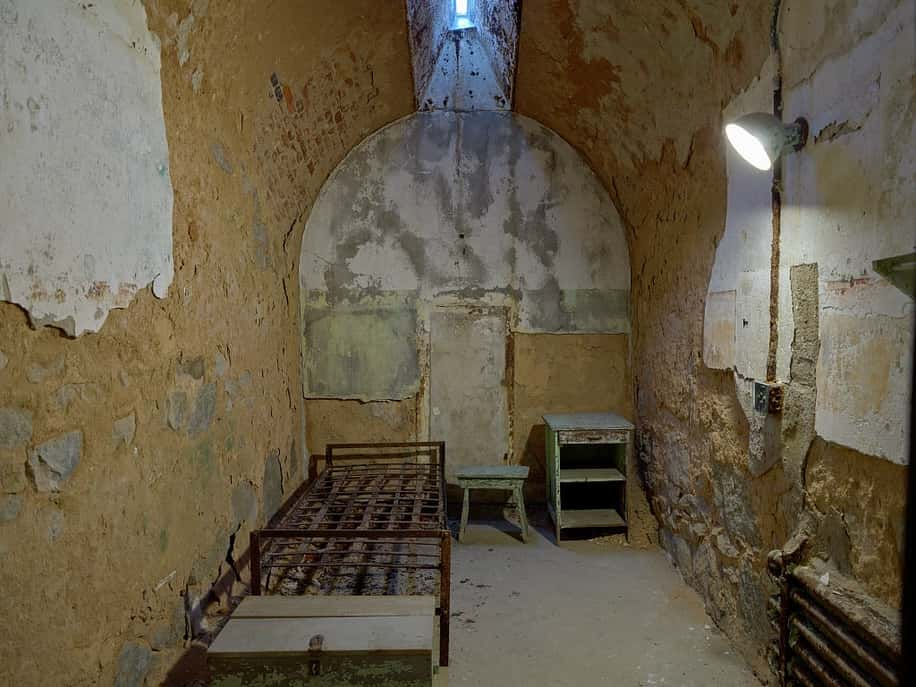
Prisoners weren’t allowed to speak.
They sat in complete silence for most of the day. The only book they could read was the Bible. The only light in their cells came from an Eye of God
skylight above. Letters from home and visitors were not allowed.
If prisoners tried to tap on pipes or whisper to each other through vents the consequences were severe.
Let’s say you’re a few months into your sentence in 1834 and you can’t bear keeping your mouth shut a moment longer. That’s how inmate Mathias Maccumsey may have felt in 1833.
While he was serving time for manslaughter, Maccumsey tried to talk to his neighbor. When he got caught by guards, they slapped the Iron Gag on him.
To do this, they bound and shackled his hands behind his back. They put an iron casted gag over his tongue. The gag was attached by chains to the shackles on his wrists. Then they left him. One hour later he was found dead in his cell.
What happened? Well, apparently the Iron Collar ripped up his tongue. Maccumsey bled to death.
Early Philadelphia doctors believed mental illness spread through the body through circulation.
They thought they could cure insanity by simply making sure blood couldn’t pump through the body. The best way to do this? Restricting all movement.
The Mad Chair was created so inmates could be strapped in so tightly it was literally impossible to move a muscle. They would be forced to sit in this chair for days without food.
Restricting the blood flow inevitably caused damage to the body, and inmates often needed limbs amputated after spending time in the Mad Chair.
If you broke the rules during the winter season, you could be subjected to another horrific punishment.
A guard would dunk your head in ice-cold water, then hang you on a wall all night.
The frigid air would cause your skin to ice over before morning and many didn’t make it through.
When the massive structure was created in 1828, it garnered international attention. Tourists began to flock to the area and ride in their wagons, just to get a glimpse of the place.
I hold this slow and daily tampering with the mysteries of the brain to be immeasurably worse than any torture of the body,” - Charles Dickens, 1842
It didn’t take long for the outside world to question the ethics of this forced isolation. Charles Dickens visited the prison in his travels to America and shared his distaste in one of his books.
By 1913, the Quaker’s theories on reformation were abandoned and the prison largely phased out solitary confinement.
Eastern State Penitentiary officially closed for prisoners in 1971. At that point, the aged building had so many electrical and mechanical problems it was too expensive to restore.
Prisoners were moved to a newer facility and the building was abandoned for several decades. It reopened as a museum in 1994.
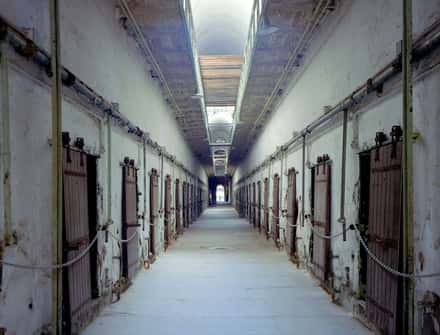
The penitentiary hosts a Terror Behind the Walls
experience every Halloween. It’s one of the country’s top-ranked haunted attractions. More than 200 performers are part of the show that’s designed to send even the bravest muscleheads crying for their mommies.
If a haunted attraction in a haunted prison isn’t creepy enough for you, it doesn’t have to end there. You can sign up for a special mark that lets performers know you’ve agreed to be grabbed, held back, or taken into hidden passageways.
Guests will explore the prison by walking through one-way linear routes on an audio guided tour. After the route is completed, the bold are allowed to explore any open areas of the penitentiary freely.
If you visit the Eastern State Penitentiary and experience any supernatural phenomenon we’d love to hear about it. Be sure to share pictures with us on our Ghost City Tours facebook page.
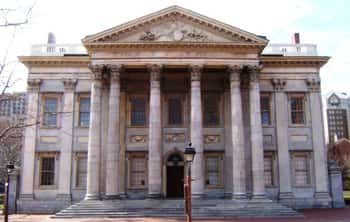
An unassuming historic property by day, a frightening paranormal hotspot by night.
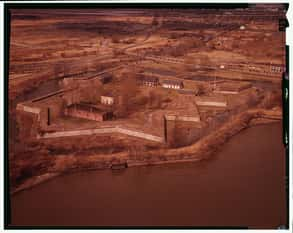
Fort Mifflin is considered one of the most terrifying places in America.
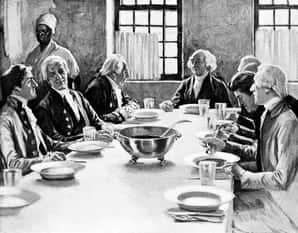
Who haunts this famous Philadelphia landmark?